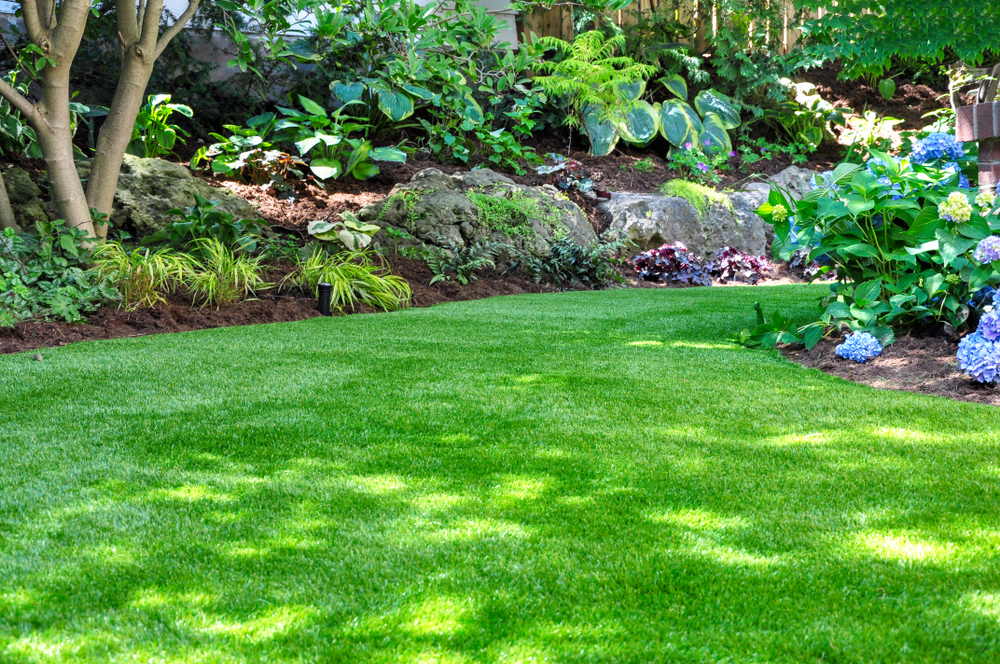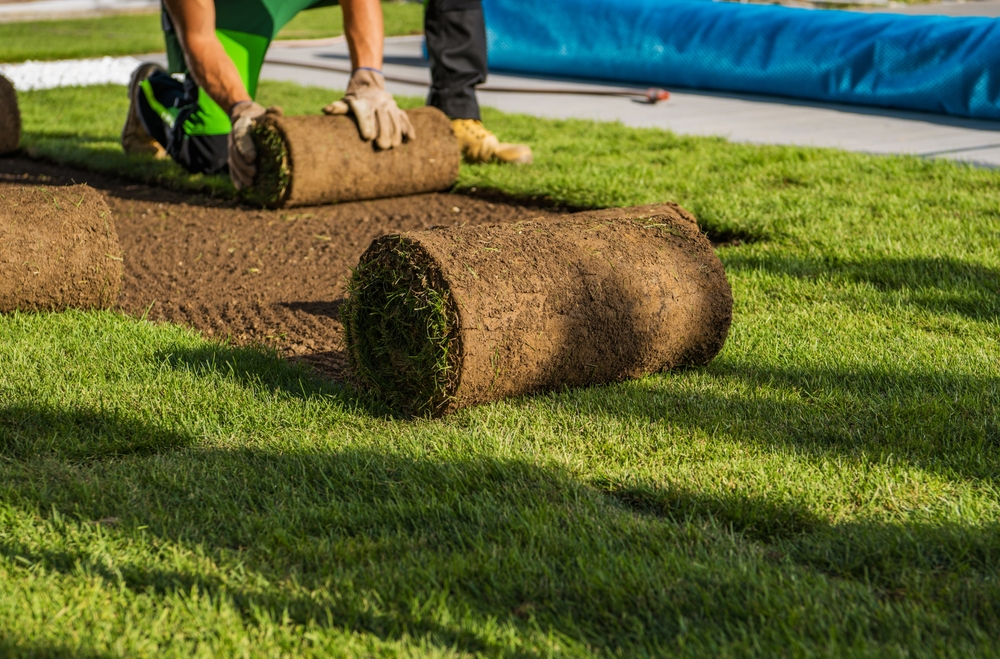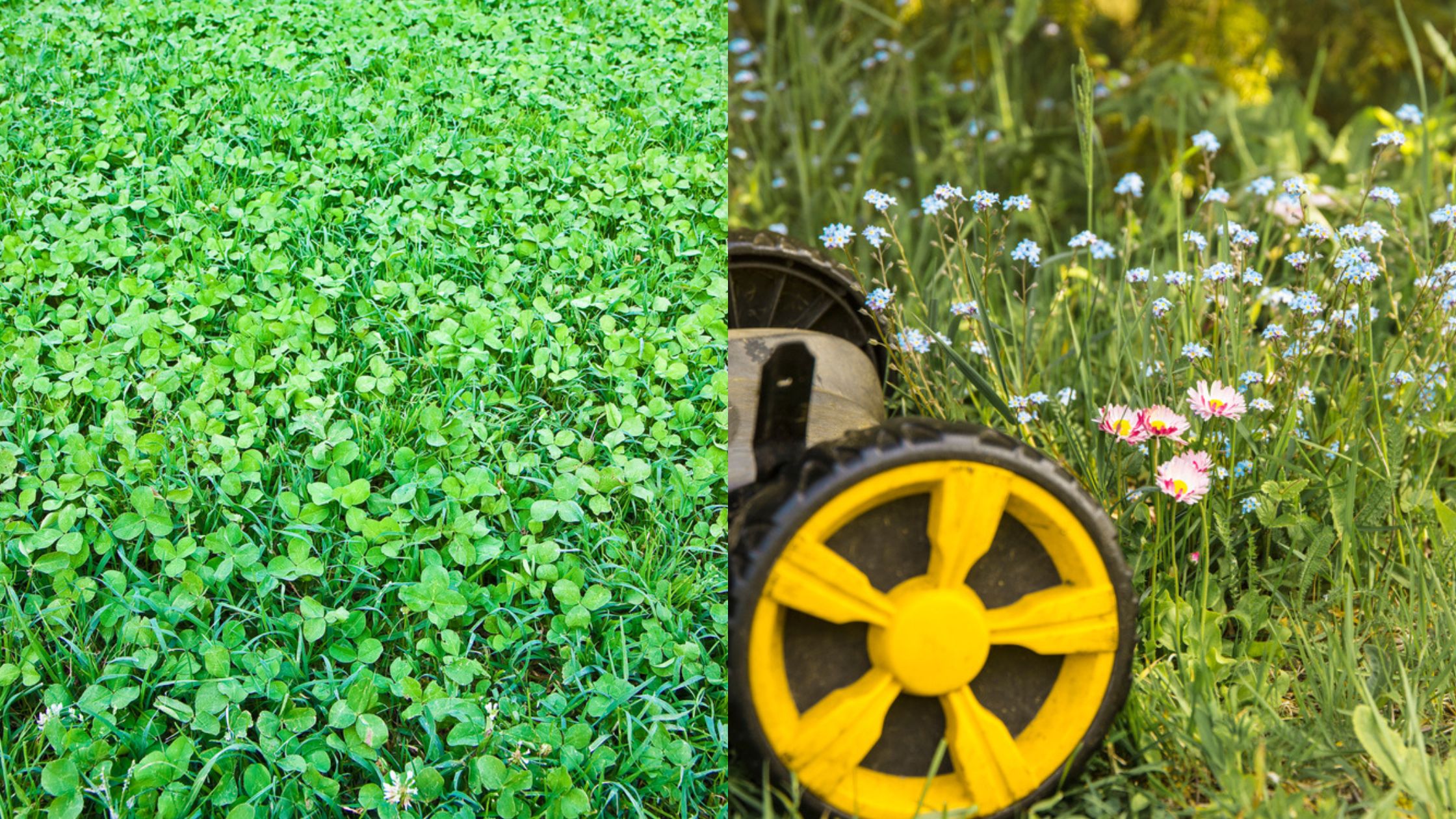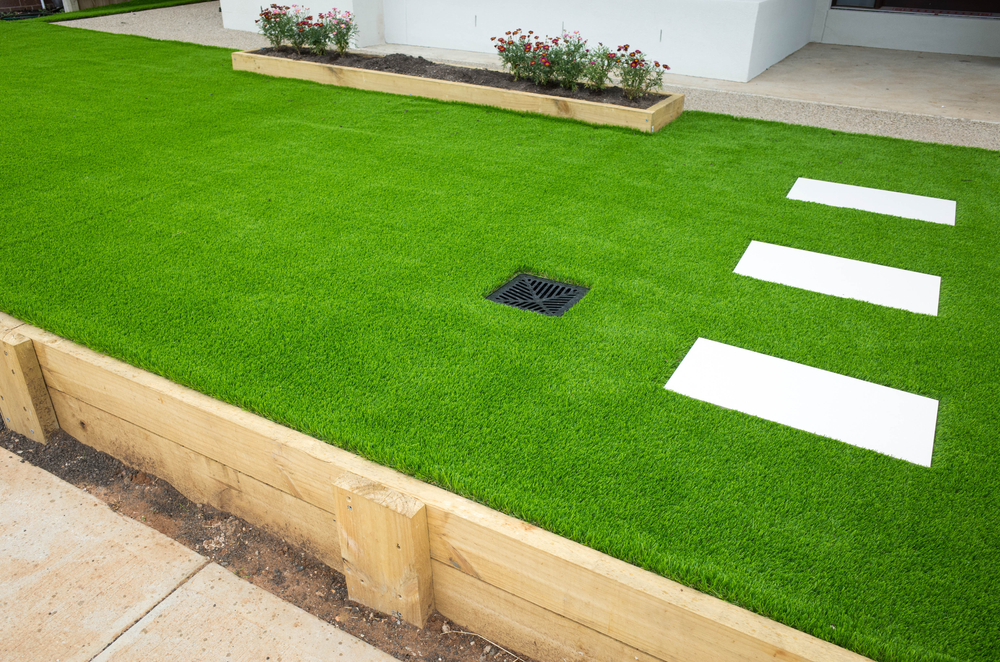Posted by Amber Williams on 1st Feb 2023
Grasses and Turf - The Best Grass to Grow In Your Garden

Whatever your preference, there’s a grass type to suit you and your garden. Whether it’s grown from seed or laid as turf, grass can make or break a garden design.
If you find yourself wondering ‘how long does grass seed take to grow?’ or ‘Should I just install artificial turf?’, then you’re in the right place. Here’s our guide to grasses for the garden.
The Different Ways to Grow Grass
Natural grass can either be grown by seed or laid as turf. Seeds are sown over the surface of prepared soil, whereas turf can be laid in long rolls.
What are the pros and cons? Well, grass grown from seed can take a while to grow lush and green, and turf lawns can be quite expensive. However, turfed lawns are ideal for those looking for an immediate effect that seeds just cannot provide. On the other hand, grass grown from seed is a lot cheaper and allows you to buy a mixture of grass seeds that benefit your garden.
For example, you can buy mixed grass seeds designed to provide a general-purpose lawn or a mix for something more robust and hardwearing.
How to Care & Maintain Your Grass
Whatever the method, newly lain/sown grasses need a gentle touch. Although turfs can be used immediately after laying, they need regular watering in dry spells and should be mowed at the tallest setting on your lawn mower. This helps the grass grow longer roots, allowing them to establish itself effectively.
Grass grown from seed is a whole other kettle of fish. The soil should be prepared before sowing and will take around 2-3 weeks to germinate. It’s ideal to not disturb the grass as it grows, as this can damage its chances of settling in and continuing to grow. Once your grass reaches 3-4 inches tall, begin to mow at ½ an inch.
Wild Grass Alternatives
So, we know that grass can be grown from seed or laid as turf. But did you know that you get grass alternative lawns? Meadow turf and clover lawns are great examples of this.
Meadow turf: An easier way to grow a wildflower patch in the garden. If you prefer to keep your grass long, then a meadow turf can add colour too! It helps aid critters and creatures in the garden, giving them homes and pollination stations.
Clover lawns: Four-leaf clovers are becoming an increasingly popular alternative to normal grass. With many a charm, people are turning back to clover lawns after the popularity of high-maintenance grass lawns. They can also be great for all areas of the garden, including high and low-traffic areas (depending on the seed).
Artificial Grass – The On Going Debate
As the need for a multipurpose garden grows, so does the popularity of artificial grass. Artificial grasses have come leaps and bounds since their inception, which makes them more appealing. However, there are a fair few pros and cons to artificial grasses that you should consider before diving in.
Pros: artificial or ‘fake grass’ is low maintenance and won’t need cutting. It’s safe for children and pets, allowing them to play in peace. Fake turf is also highly durable, a perfect option for those who don’t have lots of time to keep their grass green and healthy. Fake grass is also allergy-friendly, mud-free, and weed resistant.
Cons: Fake grass can be expensive and increases the amount of pollution gardens contribute to the environment. Installation is also notoriously expensive and can take some time to get it all fitted and ready to use. Artificial grasses don’t last as long as natural grasses and have a rough lifespan of 7-15 years. After that, they’re destined for landfill.
Plus, fake grass can have significantly more surface run-off after heavy rainfall. This can cause flooding and damage to the garden and even to your home. Real turf will absorb most rainfall, but as a fake turf physically cannot act in the same way, flooding becomes a higher risk – especially if the grass has no drainage system in place.
Most professionals will advise their clients against artificial grasses because the cons can outweigh the pros. However, artificial grass is a good alternative for busy families in the summer months and can help those with heavy allergies to spend more time outdoors.

